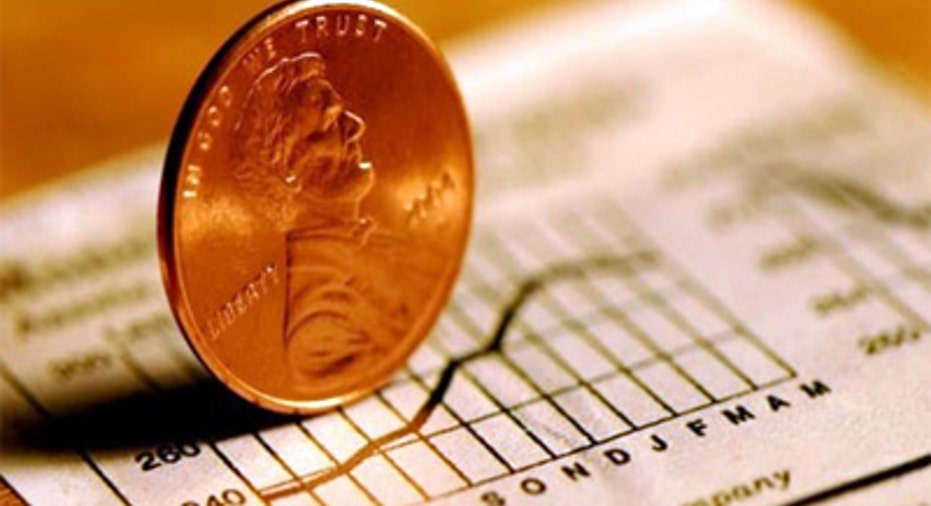The Best Defense Against a Low-Yield Environment

In the 1980s and 1990s, Americans were able to build their retirement savings with some heavy assistance from a robust stock market and high interest rates. But in the 21st century, stock market performance has been more erratic, bond yields have largely shriveled below 3% and savings account rates have dropped to nearly zero.
With less help from investment returns, Americans need to take a more rigorous approach to saving money to meet their financial goals. Unfortunately, most have done just the opposite. Personal savings rates averaged 9.31% in the 1980s, and then 6.71% in the 1990s. So far in the 21st century, they've averaged just 4.59%.
While strong stock market returns and high savings account rates can make saving more rewarding, an uncertain stock market and low savings account rates make saving more essential. Without investment returns doing the heavy lifting, you have to make up the difference through saving -- or else be caught short in retirement.
Meeting goals through increased saving
Therefore, think of saving money as a way of controlling your retirement plan growth. If you practice more aggressive savings techniques and add up the results as a percentage of your retirement assets, you might find that you can create a pretty nice substitute for the absence of stronger investment returns. Here are some of the basic steps you can take:
- Maximize company match on employee benefit plans. The easiest money you can make is if your employer matches part of your 401(k) or similar contributions to retirement plans. It is, in effect, an instant investment return. With other returns hard to come by, leaving any of this money on the table would be a sad waste of an opportunity.
- Maximize tax-deferred savings. Even beyond the limits of an employer's contribution match, you have the opportunity to benefit from tax deferrals not only in your employer's benefit plan, but also in your own IRA savings. Investing up to the maximum limit in these plans will not only make the most of the tax benefits, but will boost your personal savings rate to more healthy levels.
- Use your smartphone to save you money. If you carry a smartphone, you have coupons in your pocket wherever you go. Here's the thing about those coupons: Marketers use them to try to influence what you buy, which isn't always in your best interest. Don't buy something simply because you see a coupon, but whenever you need to buy something anyway, get in the habit of checking for coupons on your way to the checkout register.
- Focus on fuel efficiency. When the Consumer Price Index flared up in June, gasoline prices posted the biggest increase. Paying attention to fuel efficiency when you buy your next car will put you in position to save money every time you drive.
If savings account rates return to the 5 percent range, or if the stock market strings together several years of more consistent returns, you'll get even more out of practicing the above techniques. Until that happens though, these steps will keep your retirement plan moving forward. Either way, approaching saving more aggressively is essential to 21st century retirement planning.
The original article can be found at Money-Rates.com:The best defense against a low-yield environment